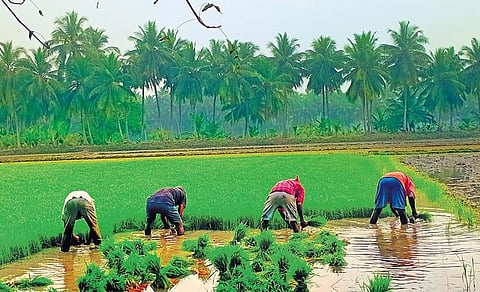

As plants grow inconsistently, at the time of harvesting, there will inevitably be variations in quality and size of individual crops. A new approach making heavy use of drones and artificial intelligence demonstrably improves this estimation by carefully and accurately analyzing individual crops to assess their likely growth characteristics.
For the first time, researchers from the University of Tokyo (UoT) have demonstrated a largely automated drone system to help improve crop yields, which can benefit many and may help pave the way for future systems that could one day harvest crops directly.
Associate Professor Wei Guo from the Laboratory of Field Phenomics, UoT, said, “If farmers know the ideal time to harvest crop fields, they can reduce waste, which is good for them, for consumers and the environment. But optimum harvest times are not an easy thing to predict and ideally require detailed knowledge of each plant; such data would be cost and time-prohibitive if people were employed to collect it. This is where the drones come in.”
Guo — with a background in computer science and agricultural science — and his team demonstrated that some low-cost drones with specialized software can image and analyze young plants — broccoli in the case of this study — and accurately predict their expected growth characteristics. The drones carry out the imaging process multiple times and do so without human interaction, meaning the system requires little in terms of labour costs.
“It might surprise some to know that by harvesting a field as little as a day before or after the optimal time could reduce the potential income of that field for the farmer by 3.7% to as much as 20.4%,” said Guo. “But with our system, drones identify and catalogue every plant in the field, and their imaging data feeds a model that uses deep learning to produce easy-to-understand visual data for farmers. Given the current relative low costs of drones and computers, a commercial version of this system should be within reach to many farmers.”
The main challenge the team faced was in the image analysis and deep learning aspects. “I’m inspired to find more ways that plant phenotyping (measuring of plant growth traits) can go from the lab to the field in order to help solve the major problems we face,” said Guo.